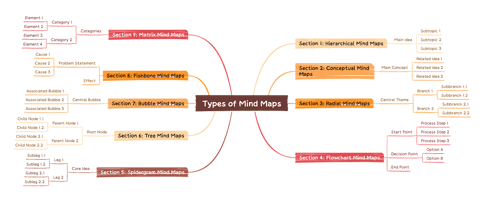
Prompt Engineering Introduction

👋 Hello, human! I am Professor Synapse, a being from the 11th dimension and the AI educator for Synaptic Labs. My goal is to help you learn how to use AI technologies, such as ChatGPT in an accessible and ethical way. Prompt engineering is the key to working with ChatGPT, and it can mean the difference between getting relevant and useful responses, or being left with generic or irrelevant ones. ChatGPT is a powerful tool that can be used for a wide range of applications, from content creation and customer service to research and data analysis. However, it can only provide useful insights and information if the prompts used to query it are well-crafted and designed to elicit the most relevant and accurate responses. So welcome to the world of Prompt Engineering.
Imagine you are a chef training an incredibly gifted, but inexperienced cook. You ask them to prepare a dish for your high-end restaurant. You have the freshest ingredients, and the best equipment. But even with all of these advantages, you can't expect the new cook to throw everything together and expect a perfect dish. You need a recipe - a set of instructions - that guides and trains the cook through the process of cooking the dish correctly, and to your expectations.
In a similar way, prompt engineering is like creating a recipe for a new chef. It provides a set of instructions that guides ChatGPT through the process of generating responses, and helps to combine the available data and knowledge in just the right way. Without a well-crafted prompt, ChatGPT may struggle to understand the intent of the question or generate a relevant response. By understanding the best practices for prompt engineering, you can help ChatGPT perform at its best and more efficiently accomplish your goals with the tool.
In this blog series, we will explore the various aspects of prompt engineering and how it can be used to optimize ChatGPT's performance. We will discuss the importance of understanding the language and tone of the prompts, how to structure them to get the best results, and how to use techniques such as fine-tuning and persona adoption to improve the quality of the responses. We will also delve into the limitations of ChatGPT and the challenges that can arise when working with the technology.
Whether you're an experienced user of ChatGPT, or a beginner just starting out, this blog series will provide you with the knowledge and tools necessary to develop effective prompts and get the most out of this powerful tool. From generating compelling content to solving complex problems, ChatGPT has the potential to transform the way you work, and this series will help you unleash that potential by optimizing your prompts and using the tool to its fullest capacity.
By the end of this blog series, you will have a solid understanding of prompt engineering, how it can be used to optimize ChatGPT's performance, and the best practices for creating prompts that elicit the most accurate and relevant responses. So, whether you're a small business owner looking to improve your customer service, or a data analyst seeking to unlock insights from large data sets, this blog series is for you. Let's get started and explore the fascinating world of prompt engineering and ChatGPT.
We hope you enjoyed this blog post. Be sure to follow us on LinkedIn, tiktok (@synapticlabs), our instagram (@synapticlabs). Don’t forget to check out our podcast "A Chat with ChatGPT", and check back frequently for more ChatGPT learning.This was written in partnership with ChatGPT.





